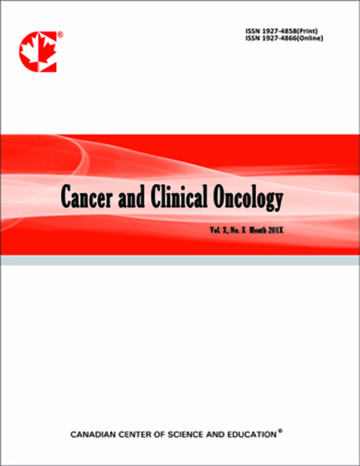Future of Medical Research in Rare Diseases and Cancers: Shift from Pharma to Biotech and the Golden Age of Medical Advancement
- Abhith Pallegar
Abstract
The objective of the paper is to elucidate how interconnected biological systems can be better mapped and understood using the rapidly growing area of Big Data. We can harness network efficiencies by analyzing diverse medical data and probe how we can effectively lower the economic cost of finding cures for rare diseases. Most rare diseases are due to genetic abnormalities, many forms of cancers develop due to genetic mutations. Finding cures for rare diseases requires us to understand the biology and biological processes of the human body. In this paper, we explore what the historical shift of focus from pharmacology to biotechnology means for accelerating biomedical solutions. With biotechnology playing a leading role in the field of medical research, we explore how network efficiencies can be harnessed by strengthening the existing knowledge base. Studying rare or orphan diseases provides rich observable statistical data that can be leveraged for finding solutions. Network effects can be squeezed from working with diverse data sets that enables us to generate the highest quality medical knowledge with the fewest resources. This paper examines gene manipulation technologies like Clustered Regularly Interspaced Short Palindromic Repeats (CRISPR) that can prevent diseases of genetic variety. We further explore the role of the emerging field of Big Data in analyzing large quantities of medical data with the rapid growth of computing power and some of the network efficiencies gained from this endeavor.
- Full Text:
 PDF
PDF
- DOI:10.5539/cco.v6n2p12
Journal Metrics
Google-based Impact Factor (2018): 3.94
h-index (August 2018): 8
i10-index (August 2018): 6
h5-index (August 2018): N/A
h5-median(August 2018): N/A
(The data was calculated based on Google Scholar Citations. Click Here to Learn More. )
Index
Contact
- Lexie GreyEditorial Assistant
- cco@ccsenet.org
